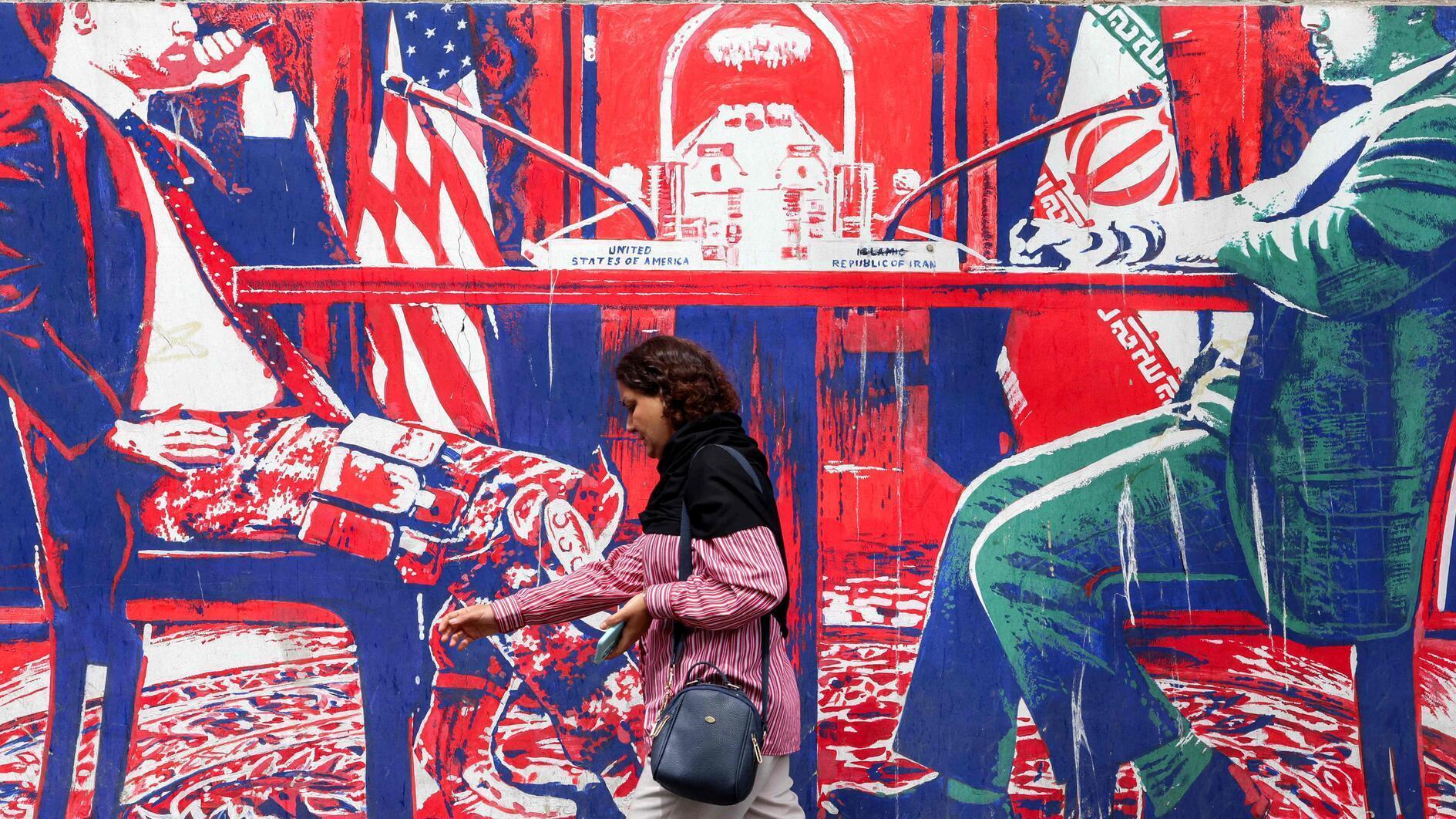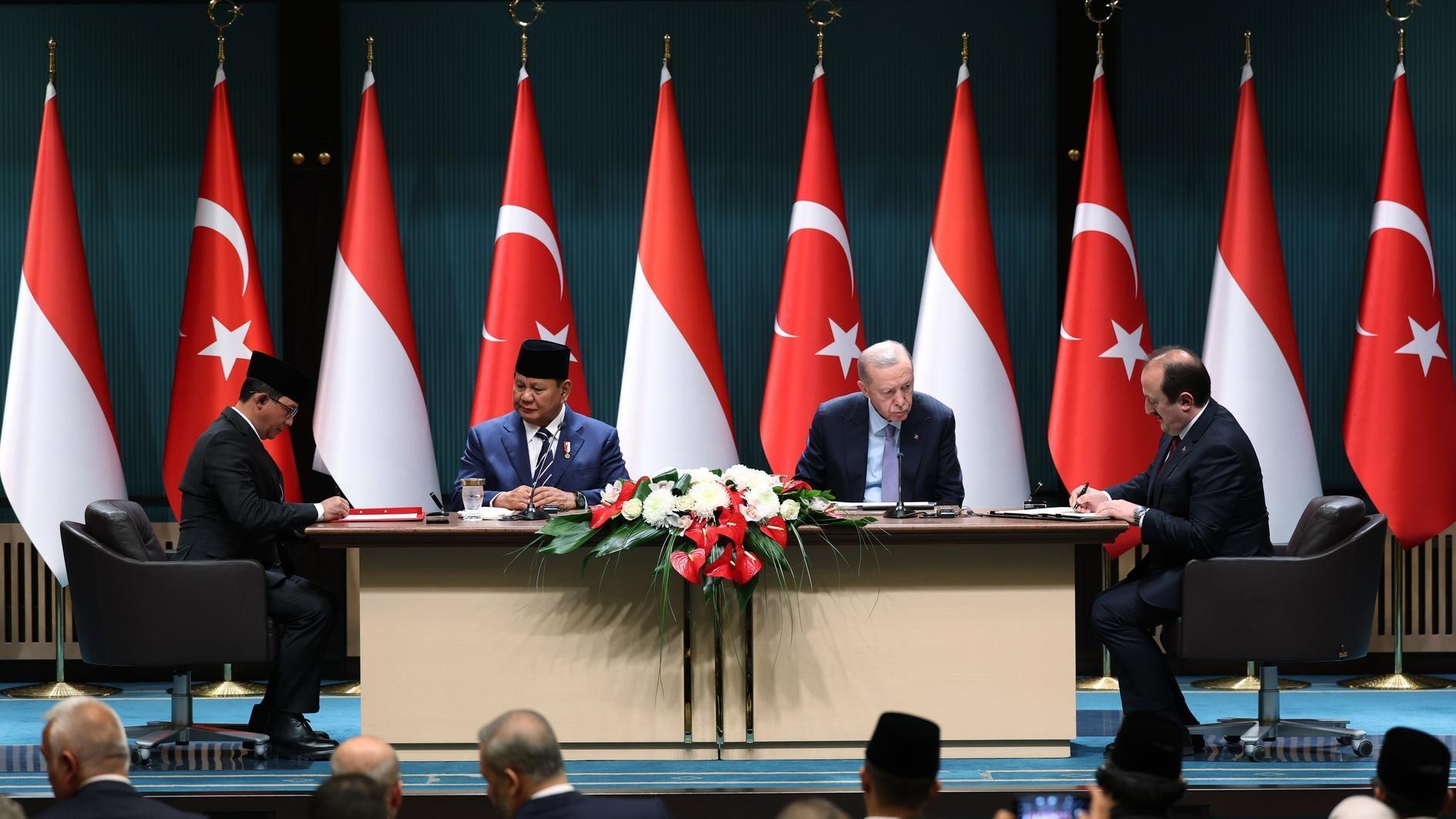Turkey’s ancient cultural assets revealed at SALT
ISTANBUL - Hürriyet Daily News

One of Turkey’s pioneering architectural restoration experts, Ülgen carried out hundreds of restorations not only in his homeland but also in Libya, Jerusalem, and Baghdad.
SALT’s current “Open Archive” project aims to present a cross-section of the state of cultural assets and conservation efforts in Turkey before the 1960s, based on the life of Ali Saim Ülgen, who was a researcher, architect, and specialist in the restoration of classical Ottoman architecture.One of Turkey’s pioneering architectural restoration experts, Ülgen carried out hundreds of restorations not only in his homeland but also in Libya, Jerusalem, and Baghdad, collecting and producing all kinds of materials documenting historical works, such as construction photographs, newspaper clippings, and articles, thus creating an extensive foundation for the books he would subsequently write.
Unfortunately, he passed away too soon to complete many of his planned works.
Collected material
The material Ülgen collected during his travels, not only in the course of the administrative duties he assumed during the many years in which he worked at the General Directorate of Foundations, but also as an aficionado and an academic, has been meticulously preserved by his family.
After preliminary classification by the Foundation of Architecture Turkey, these documents are now being digitized and catalogued at SALT Research for the use of researchers. The countless documents and photographs in the Ali Saim Ülgen Archive constitute an unparalleled visual resource on Turkey’s cultural heritage and also offer very important scientific data for new restoration projects. The Archive also sheds light on the architectural history, the approaches to restoration, and the preservation policies of an the era.
The Open Archive exhibition introduces Ülgen’s unmatched collection of photographs, writings, notes, plans, and building surveys, together with examples of his manuscripts, to all those interested.
During a conference held on Feb. 8, 2013, the opening day of the exhibition, art historians, restoration specialists, architectural historians, and architects discussed the place Ülgen holds in architectural historiography, as well as in the restoration and preservation practices of cultural assets.
About Ali Saim Ülgen
Ülgen graduated from the Fine Arts Academy in 1938 with a Master’s degree in architecture. In 1943 he taught in the department of architectural history. He worked for Istanbul Archaeological Museums as an architect, during which time he began his work related to monuments. In 1944 he was appointed director of the Monuments Department at the General Directorate of Monuments and Museums in Ankara. He also taught art history at the Faculty of Languages, History, and Geography of Ankara University. He was appointed a member of the High Council of Immovable Antiquities and Monuments in 1951.
Ülgen drafted the building plans for a book on Mimar Sinan, to be prepared in accordance with the wishes of Mustafa Kemal Atatürk.
Among his most celebrated works were “Fatih Camii ve Bizans Sarnıcı” (The Fatih Mosque and Byzantine Cistern) and “Anıtların Korunması ve Onarılması” (Preservation and Restoration of Monuments). Ülgen also prepared an important map, titled “Istanbul in the Reign of Mehmet the Conqueror (1453-1481),” and published many articles in a number of different magazines and journals.

















